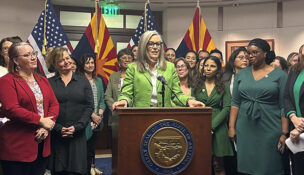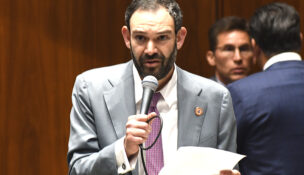Bill targets teen drivers, trucks
Arizona Capitol Reports Staff//February 9, 2007//[read_meter]
While lawmakers debate how to keep up road construction in the nation’s fastest growing state, some want to focus on ways to make highways safer. These bills are designed to...
No tags for this post.

















